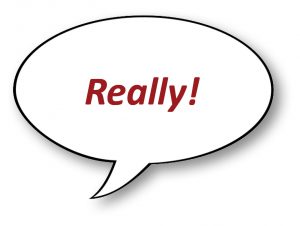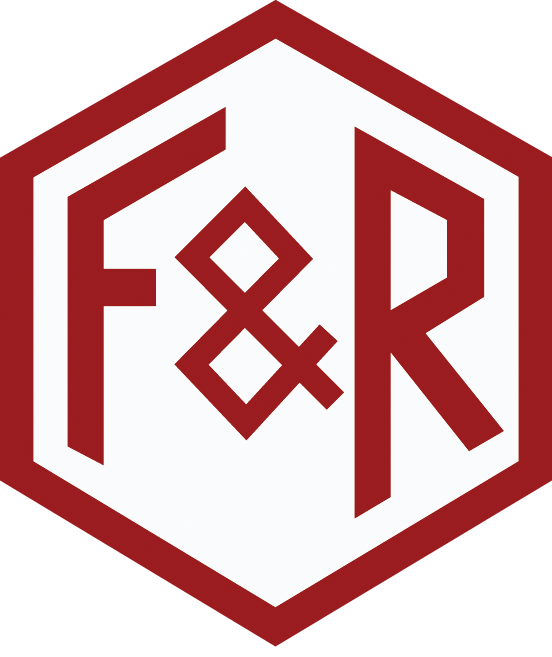
ultrasonic inspection…oops!
With the advent of AISC 360 and its mandatory inspection requirements, ultrasonic shear wave inspection has become more prevalent in the field environment. Since most new commercial buildings are a Risk Category II or better, shear wave inspection will occur on any field complete joint penetration weldments and is mandated in AISC 360, paragraph 5b. So, is it being done correctly?
Two items are consistently overlooked and should be addressed. The first is the effect of temperature on the ultrasonic testing results. The AWS D1.1 acceptance criteria are based on the amount of returned sound to the unit, and a scale of how much sound is returned denotes the need for a weld repair. The higher the temperature is of a given material, the more sound energy is required to get the sound wave through. Vibrating atoms (from the heat) within the material make sound wave transmission harder. Therefore, think of this scenario – an ultrasound technician heads to a project site early in the morning and standardizes his machine in the cool comfort of his truck. As the day goes on, the steel building being tested is getting hotter and hotter. If the standardization of the ultrasound machine is not adjusted for this temperature increase, less and less sound is getting through the weld metal and the return signal to the machine gets weaker and weaker! The acceptance criteria in AWS D1.1 has as little as ONE dB of sound meaning the difference between passing and failing, and under this scenario as much as six or seven dB may need to be added to the test standard to compensate for the temperature change. How many welds “pass” in the afternoon that should not have? Be aware of a large volume of tests accomplished on a hot day with no change in the reference standard value; your building may not be as “right” as you think!
The second item concerns the testing surface. AWS D1.1-2010 (in use for all IBC 2015 projects) has a Cleanliness requirement, 6.26.3, which states, “All surfaces to which a search unit is applied shall be free of …paint…” This statement has been in the Code for more than 20 years! Paint has a different speed of sound transmission which will mess up all the distance and depth calculations, but also reduces the amount of sound passing through. So sound going into your tested material is reduced, then reduced again when returning – and viola – your weld passes because the result has been artificially skewed lower by the paint.
This is not a plea to “Let’s make ‘em fail”. It is the realization that minor mistakes on the part of the inspection technician could have major implications on the structural integrity of the building (or bridge, or tower) being examined. Bottom line is follow the rules; always remember that our main job is verifying compliance with the code and the contract documents as well as protecting the level of public safety.
But Wait, We Have a Lot More to Say!
CODE issues got you cracking up? For a complete picture of the Code and how it relates to Special Inspections, F&R would love to provide an AIA accredited Lunch & Learn presentation to the professionals at your firm. Contact Alan Tuck for more details at: atuck@fandr.com


